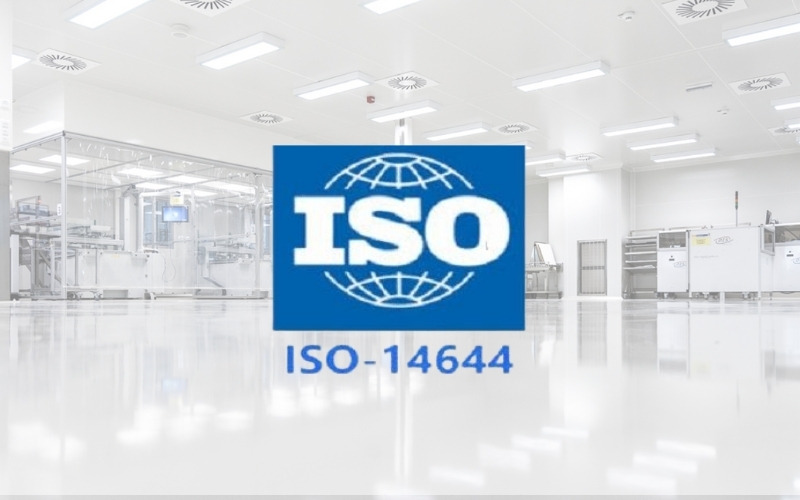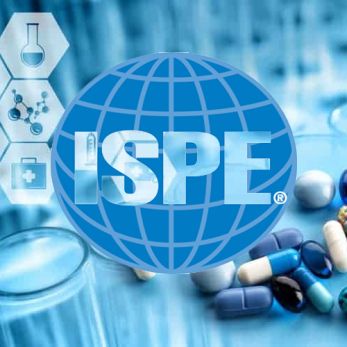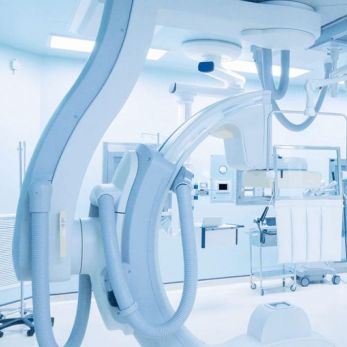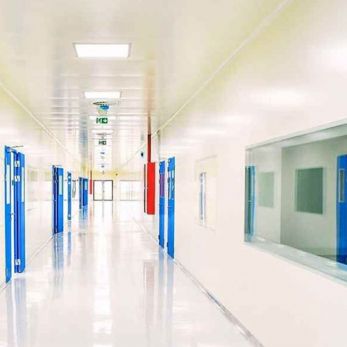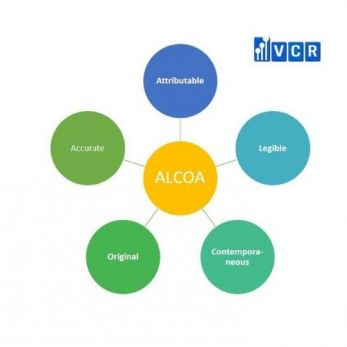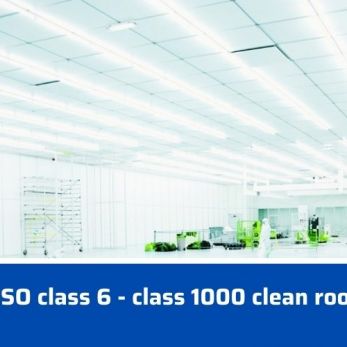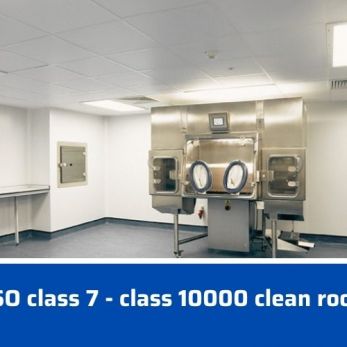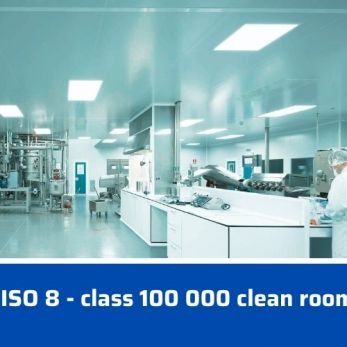ISO 14644 cleanroom standards
For many manufacturing or research activities, pollution control is very important. Through the clean room environment (clean room) environmental management and strict process control, so that pollution control easier. This ISO 14644 clean room standards
What is ISO?
ISO or International Organization for Standardization is a non-governmental organization developing standards for technology, manufacturing process, working conditions, societal issues, and more.
ISO certification refers to certified products, services, or systems using the full identification of the ISO standard.
There are many popular ISO standards such as ISO 9001:2015, ISO/IEC 20000,...
What is ISO 14644?
ISO 14644 is a standard for cleanroom classification and testing. Before ISO 14644, the U.S. General Service Administration’s standards FS209E were used worldwide. However, with the increasing demand for international standards of cleanroom classification, the ISO developed its own standard and named ISO 14644.
The role of ISO standards on cleanroom
For many manufacturing or research activities, pollution control is very important. Through a cleanroom environment (cleanroom) environmental management and strict process control, pollution control is easier. ISO 14644 cleanroom standards provide some solutions as well as the procedures necessary for risk management of sources of pollution.
Well-regulated cleanrooms are of particular importance in food manufacturing, pharmaceutical, aerospace, and automotive industries, etc.
The definition of a cleanroom is simply "a highly controlled area of pollution source in the air." Suppose an area has no real control over contamination, which is likely to cause a catastrophic catastrophe for a process or product.
David Ensor, ISO Standards Council member, points out that the use of cleanrooms is related to most modern high-tech industries and therefore, the revision is a widespread challenge for the relevant technical committee. These two revisions mainly help to improve the quantification and management capabilities of "airborne particles".
ISO 14644 assists in improving the management of polluted particles in the air
How many parts are in ISO 14644?
ISO 14644 consists of 10 parts as follows:
Part 1: Classification of air cleanliness by particle concentration
Part 2: Monitoring to provide evidence of cleanroom performance related to air cleanliness by particle concentration
Part 3: Test methods
Part 4: Design, construction, and start-up
Part 5: Running Operations
Part 6: Vocabulary
Part 7: Separative devices (clean air hoods, gloveboxes, isolators, and mini environments)
Part 8: Classification of air cleanliness by chemical concentration
Part 9: Surface cleanliness classification
Part 10: Surface cleanliness classification by chemical concentration
*Among the ISO14644 series of standards, 2 standards have been updated in 2015 to meet the latest technological developments and the market demand, namely ISO 14644-1: 2015 and ISO 14644-2: 2015 respectively.
- ISO 14644-1: 2015 Cleanrooms and related control environments - Part 1: Classification of airborne particles and their air cleanliness
(ISO 14644-1: 2015 Cleanrooms and associated controlled environments - Part 1: Classification of air cleanliness by particle concentration)
- ISO 14644-2: 2015 Cleanrooms and Related Control Environments - Part 2: Supervise cleanrooms for air cleanliness through the monitoring of particulates in the air and provide a basic framework for supervising cleanrooms Grading.
(ISO 14644-2: 2015 Cleanrooms and associated controlled environments - Part 2: Monitoring to provide evidence of cleanroom performance related to air cleanliness by particle concentration)
ISO cleanroom classification
ISO class Maximum allowable concentrations (particles/m3) for particles equal to and greater than the considered sizesa 0.1 μm 0.2 μm 0.3 μm 0.5 μm 1 μm 5 μm ISO 1 10b d d d d e ISO 2 100 24b 10b d d e ISO 3 1 000 237 102 35b d e ISO 4 10 000 2 370 1 020 352 83b e ISO 5 100 000 23 700 10 200 3 520 832 d,e,f ISO 6 1 000 000 237 000 102 000 35 200 8 320 293 ISO 7 c c c 352 000 83 200 2 930 ISO 8 c c c 3 520 000 832 000 29 300 ISO 9g c c c 35 200 000 8 320 000 293 000
a All concentrations in the table are cumulative, e.g. for ISO Class 5, the 10 200 particles shown at 0,3 μm include all particles equal to and greater than this size.
b These concentrations will lead to large air sample volumes for classification. A sequential sampling procedure may be applied; see Annex D.
c Concentration limits are not applicable in this region of the table due to very high particle concentration.
d Sampling and statistical limitations for particles in low concentrations make classification inappropriate.
e Sample collection limitations for both particles in low concentrations and sizes greater than 1 μm make classification at this particle size inappropriate, due to potential particle losses in the sampling system.
f In order to specify this particle size in association with ISO Class 5, the macroparticle descriptor may be adapted and used in conjunction with at least one other particle size
g This class is only applicable for the in-operation state






